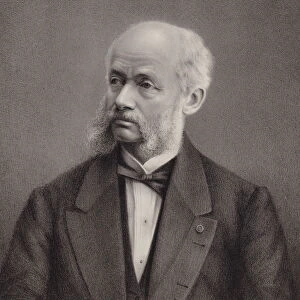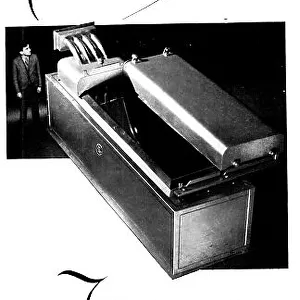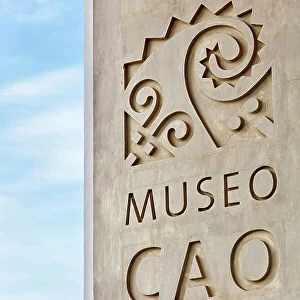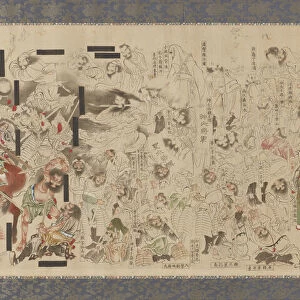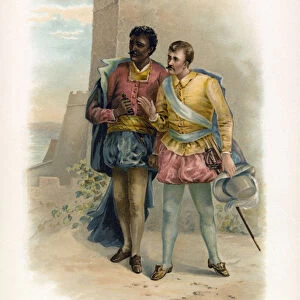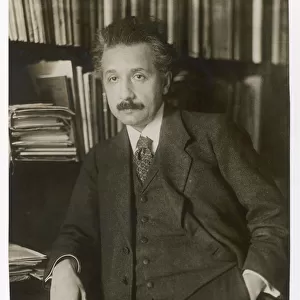Home > North America > United States of America > New York > New York > Sights > Metropolitan Museum of Art
Helmet with Talismanic Inscriptions, Iran, 18th century. Creator: Unknown
![]()

Wall Art and Photo Gifts from Heritage Images
Helmet with Talismanic Inscriptions, Iran, 18th century. Creator: Unknown
Helmet with Talismanic Inscriptions, Iran, 18th century. Shi a inscription calling for protection against harm and danger
Heritage Images features heritage image collections
Media ID 20772290
© Heritage Art/Heritage Images
Arms And Armor Calligraphy Casque Chain Mail Chainmail Helmet Inscribed Inscription Iran Iranian Parade Persia Persian Protect Protected Protection Shia Shiism Spike Steel Talisman Damascene
FEATURES IN THESE COLLECTIONS
> Asia
> Iran
> Related Images
> Historic
> Ancient artifacts and relics
> North America
> United States of America
> New York
> New York
> Sights
> Metropolitan Museum of Art
EDITORS COMMENTS
This print showcases a remarkable artifact from 18th century Iran - a Helmet with Talismanic Inscriptions. Created by an unknown artist, this helmet is adorned with intricate calligraphy and serves as a powerful symbol of protection against harm and danger in the Shi'a tradition. The close-up image allows us to appreciate the fine craftsmanship of this piece. The golden damascene work beautifully contrasts with the steel surface, creating an exquisite visual effect. The talismanic inscriptions, written in Arabic script, are carefully etched onto the helmet's surface, emphasizing its religious significance. As we delve into its historical context, we discover that this helmet played a crucial role in military parades and warfare during Persia's rich heritage. It represents not only the country's martial prowess but also its deep-rooted Islamic faith. Displayed at The Metropolitan Museum of Art, this artifact stands as a testament to Iran's cultural legacy and artistic achievements. Its presence within the museum allows visitors to connect with history on a personal level while appreciating the skillful fusion of artistry and functionality. Through this photo print, we are transported back in time to witness both the beauty and power encapsulated within this ancient object. It reminds us of our shared human desire for protection and highlights how religion has influenced various aspects of life throughout centuries.
MADE IN THE USA
Safe Shipping with 30 Day Money Back Guarantee
FREE PERSONALISATION*
We are proud to offer a range of customisation features including Personalised Captions, Color Filters and Picture Zoom Tools
SECURE PAYMENTS
We happily accept a wide range of payment options so you can pay for the things you need in the way that is most convenient for you
* Options may vary by product and licensing agreement. Zoomed Pictures can be adjusted in the Cart.


